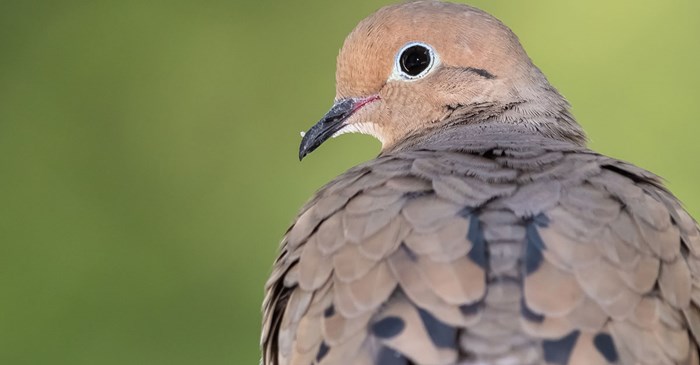Mourning Doves are one of the most widespread and abundant birds in North America. They can be found throughout the U.S., but most commonly in areas abundant in dense shrubs and evergreen trees. Want to learn more about these slender-tailed, graceful doves? Check out these 10 fascinating facts about the Mourning Dove!
- Sometimes, you are able to hear when a Mourning Dove takes flight, as their sleek wings make a sharp whistling or whining sound upon take off.
- They like to scavenge for seeds off of the ground, under feeders and from native plants.
- Mourning Doves are able to survive in the desert, and there is an important theory as to why: they can consume brackish (or salt) water. They aren’t able to consume water as salty as the ocean, but water with about half of the salt content is what Mourning Doves can handle.
- Mourning Doves are the most widespread and abundant birds in North America, hence making them one of the most frequently hunted birds as well.
- If you put out a feeder and would like to attract Mourning Doves, make sure your bird seed includes peanuts!
- Mourning Doves are typically unbothered by humans and will often nest in areas around homes, such as gutters, eaves, abandoned equipment, or behind window shutters.
- Mourning Doves are easily identified by large black spots that cover their wings, with pale peach coloring and long, thin tail.
- They get their name from their soft, sad-sounding coo’s that Mourning Doves sing. Sometimes, if a listener is unfamiliar, they can be confused with owls.
- Mourning Doves are among some of the only birds that can use suction while drinking. Other birds have to fill their bill with liquid, then tilt their head back to consume it.
- To ensure Mourning Doves stop by your feeder, fill it with Lyric Supreme Wild Bird Mix! The white millet and cracked corn in this mix are favorites of the Mourning Dove and the wide variety of ingredients will have you attracting many other beautiful birds as well
